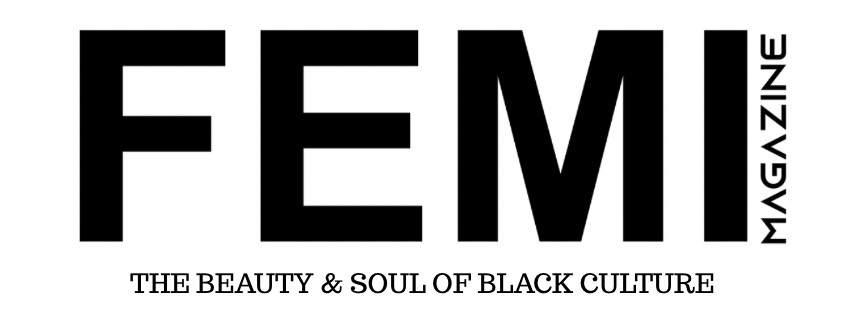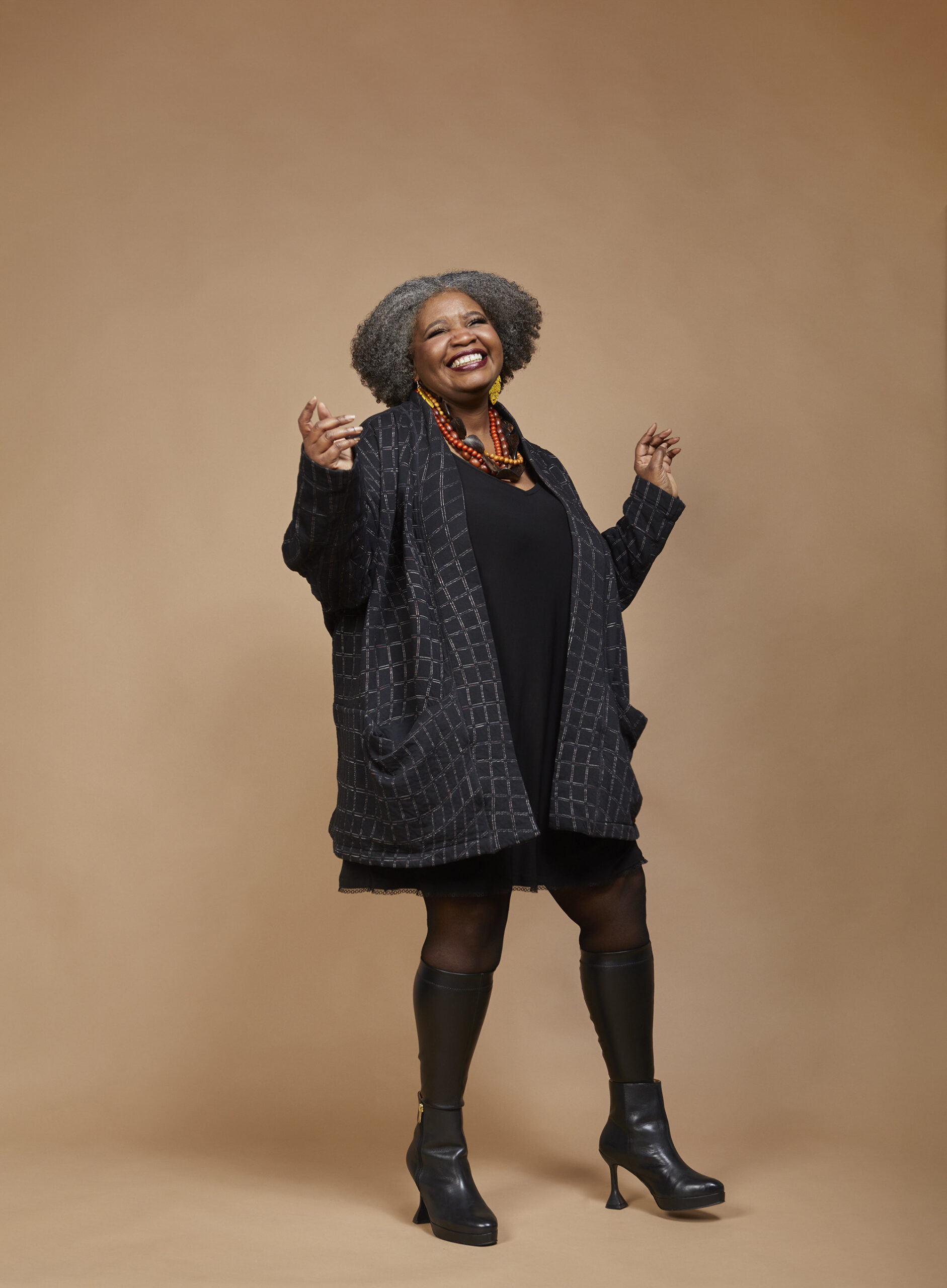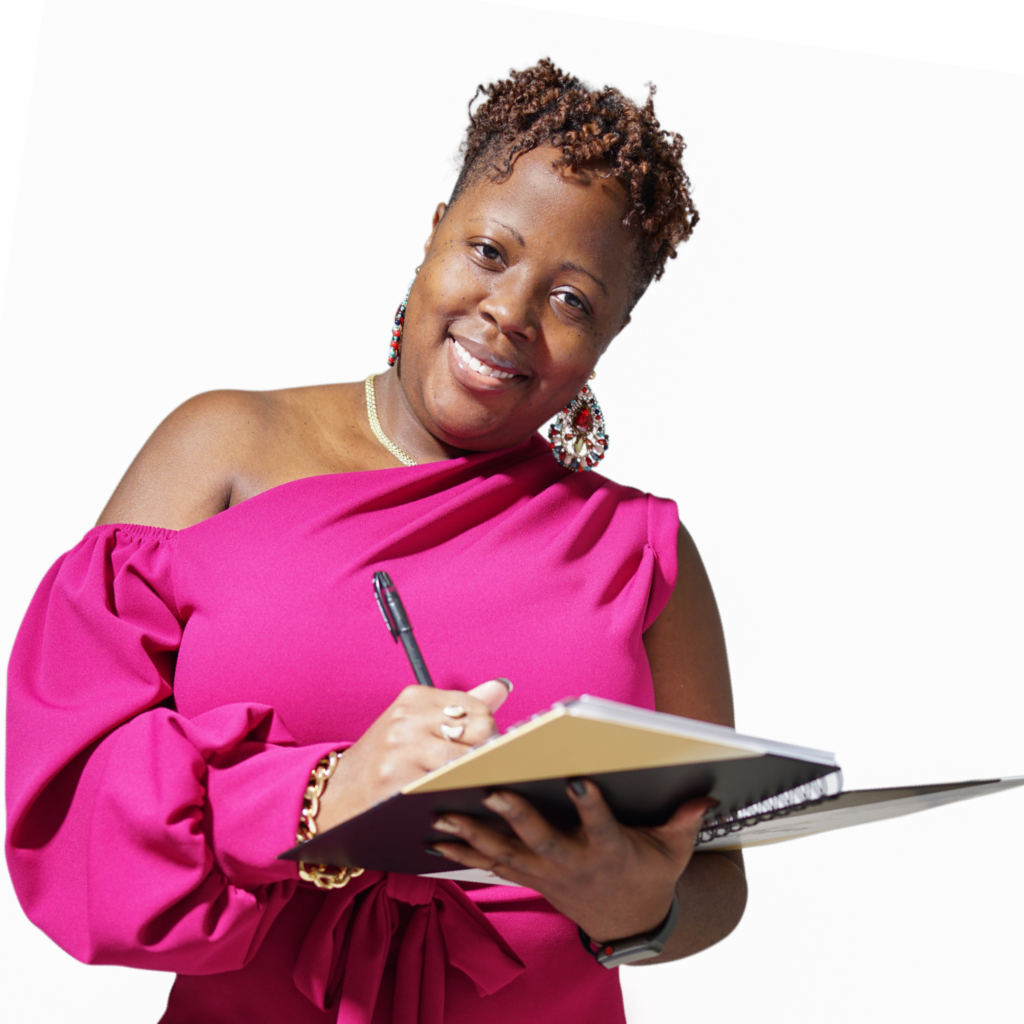Dr. Elizabeth Tunstall, also known as Dori, is an award-winning designer and entrepreneur who recently made history by becoming the first black female dean, as well as the first black dean ever, of a design faculty at OCAD University in Toronto, Canada. She noticed a lack of diversity and inclusion in her industry and instead of ignoring it, she took action to narrow the gap and ensure that the underrepresented were seen and heard. Some might think it’s easier said than done, but this bright and tenacious woman has been working towards this goal since her youth. Representing the culture is all in a day’s work for her.
What was one of the biggest lessons your experience as the first black dean of OCAD University in Toronto, Canada taught you?
As the first black dean of a faculty of design anywhere, I learned that the true role of a super token (i.e., an individual from structurally marginalized identities whose talents are so great that organizations will overcome their aversion to those identities to use those talents) is to dismantle structures to make sure that others from marginalized identities can gain access without having to be super tokens. This is not “lowering the bar” but rather expanding the domains of excellence to consider systemic exclusion.
What were a couple of the steps you took immediately to ensure the University did not look the way it did when you left as opposed to when you first arrived?
The first step was to build upon the work already done by the institution. The University had a Task Force on Underrepresentation and an Office for Diversity, Equity, and Sustainability initiatives that were the strong foundation for my work. The second step was to repair relations with communities that had been deprioritized by the institution by showing up, being present, and sharing resources on things that mattered to the communities. I focused on the Black and Indigenous communities. The third step was to have the hard conversations within the institution. I brought in Black and Indigenous experts to show what the possibilities could be for Decolonizing Design before hiring. Then & only then, could I co-organize the three cluster hires (one Black & two Indigenous) that changed the demographics to critically increase the diversity to include people of color in the faculty and administration.

Blacks & Minorities are amongst the most creative people, so it is surprising to me that there would be a race disparity when it comes to the field of interior design, what do you think is one of the main reasons for this?
Racism does two main things. First, it sets a European aesthetic as the global standard of “good design” which erases tens of thousands of years of making around the world and causes great harm to cultural communities not based on European standards. The design awards, magazines, and exhibitions often reinforce that same standard as well although cultural communities have carved out their own spaces. Second, to the extent to which the interior design field continues to hold up this narrow European standard, Indigenous, Black, and other members of the global majority feel alienated from the field of interior design and as a result, often do not seek to join it professionally.
Tell us about your book Decolonizing Design Cultural Justice Guidebook.
I wrote this guidebook during 2020, The summer of reckoning, in response to the requests I was receiving from companies about what they should be doing to make amends and from diverse people put in new DEI positions about how to handle the racism in their institutions, which they have been given the job to dismantle. It is grounded in my lived experiences and scholarship but lays out practical things that people and organizations can do to begin to change.
How does it feel to have your book ordered as part of the blueprint for other university initiatives to begin to embrace more diversity and inclusion?
The embrace of my book in universities makes me optimistic that they have the potential to do less harm to their diverse faculty, staff, and students. It makes me relieved that those who have been placed in the DEI (Diversity, Equity, and Inclusion) roles will understand the truth of the difficulty of those roles and thus be more prepared. Two reactions to the book fill me with joy. Indigenous students and faculty in universities have used it as a wedge to reopen conversations about indigenous sovereignty. The fact that I am Black, and not indigenous or white provides a model of solidarity which DEI institutional leaders can follow. The second is that institutions have adopted the call for equivalency charts and cluster hire models to guide their decolonization and DEI hiring practices directly.
Did you ever think that having a platform such as speaking on Race Relations and Diversity would have become a part of your life’s work?
As a cis-female, African American with giftedness as neurodiversity, my everyday survival in the world requires that I speak up on how racism, sexism, classism, ableism, and other structures of oppression affect me. My family raised me with a deep knowledge of Black history and accomplishments in the struggle against white supremacy. In 7th grade, I was given Sojourner Truth’s “Ain’t I A Woman” speech to do as a part of speech competitions. It would have been more of a surprise if race relations and diversity had not been part of my life’s work.
At nearly the end of 2023 unfortunately we are still having this very important conversation of Diversity, Equity, and inclusion, do you see any pivotal shifts toward progress & a light at the end of the tunnel so to speak?
I think of all these movements for racial, cultural, economic, gender, and sexual justice as a spiral, not just going in circles. We were able to make it a collective effort and what we accomplished at OCAD was progress. There are six Black and seven Indigenous faculty whereas eight years ago there was zero. That model of cluster hiring Indigenous and Black Faculty has been replicated throughout the world. Companies that had zero black leadership now have mostly black and female leaders. However, there is still a great need to see more Indigenous leaders.
I learned a lot from my conversation with Dr. Dori Tunstall. It was a true eye-opener for me to discover that when it comes to design and home decor, the ideology leans more toward the European aesthetic. As a fan of designers like TV personality Nikki Chu and Mikel Welch, who have appeared on daytime shows like Drew Barrymore, I thought that we were a dominant force in this creative field. However, Dr. Dori made me aware that the US Census confirms that only 2% of interior design professionals are black, making it one of the least diverse professions in the United States. We should be thankful for pioneers like Dr. Tunstall, who brought this lack of diversity to the forefront. Hopefully, it will inspire the next generation of black and indigenous designers to break down barriers and bring their unique flavor and flare to the world of design. The world of design needs us, so if you feel the same way or are interested in learning more about this important conversation, be sure to pick up her book Decolonizing Design and follow her on Instagram and LinkedIn.
Follow Us On Social Media!




